Description
-
-
This glass is a fine example of eighteenth-century Dutch glassware, made from clear, colorless glass and adorned with wheel-engraved decoration.
The glass has a height of 18.8 cm and stands out due to its elegant goblet shape and characteristic baluster stem.
The bowl is decorated all around with finely executed wheel engraving, depicting a castle or country estate surrounded by trees and other landscape elements. Above this scene runs the inscription: “Welvaren van dezen huyse” (“Prosperity to this house”). Such inscriptions were typical for commemorative glasses from the eighteenth century, with which people wished prosperity or good fortune to a house or family. These glasses were often made for festive occasions, such as a wedding, an anniversary, or the purchase of a country estate.
The decoration is executed in wheel engraving, a technique in which patterns and images are cut into the glass with a small wheel. This technique, originally from Venice, became popular in the Netherlands and Germany during the seventeenth and eighteenth centuries. Wheel engraving is distinguished by its relatively deep and broad lines, which allow for detailed images.
Glasses with such engravings and inscriptions are characteristic of the Dutch elite of the eighteenth century. They were used at ceremonial occasions and served as status symbols. The depiction of a country estate or castle on the glass often directly refers to the property of the owner or commissioner. The inscription “Welvaren van dezen huyse” is a classic toast, with which the well-being of the house and its inhabitants was sealed. This glass comes directly from a noble Dutch family.
-
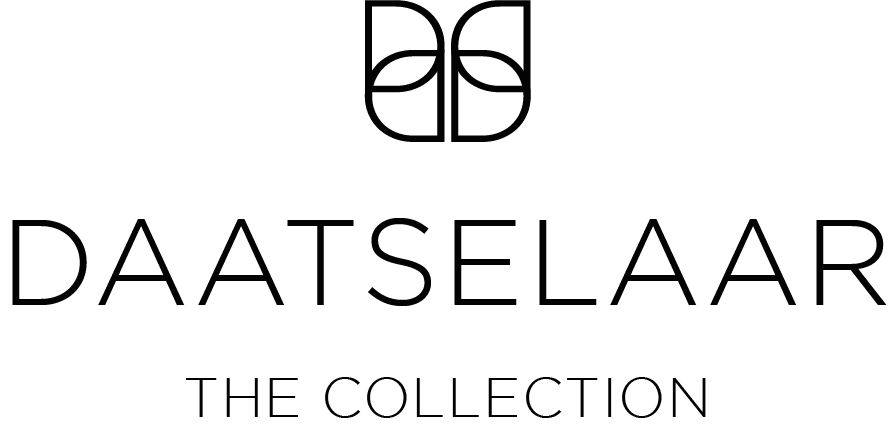
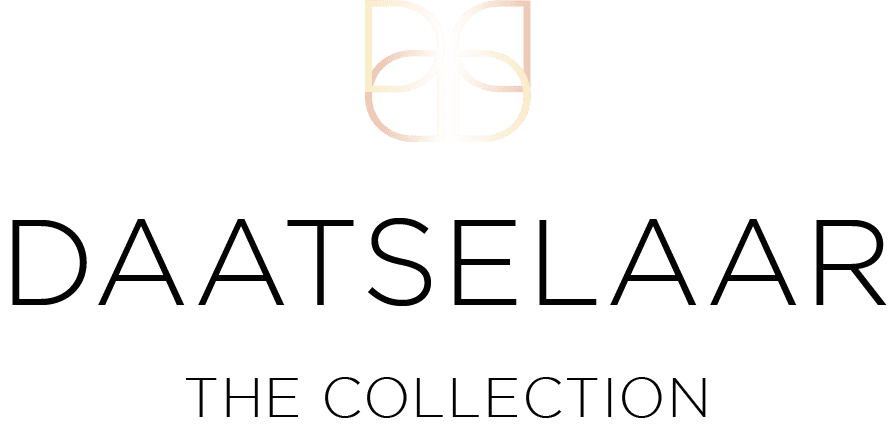

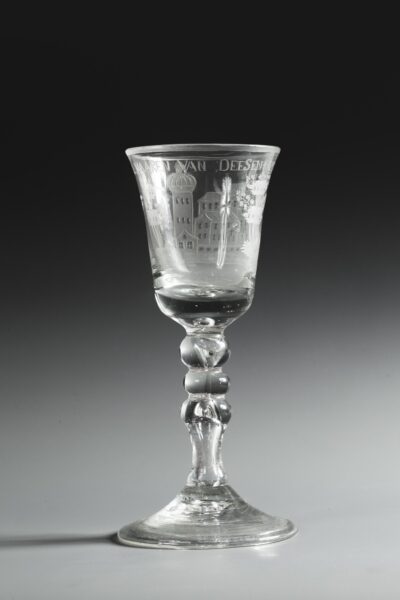


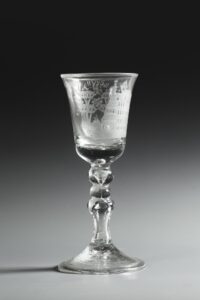


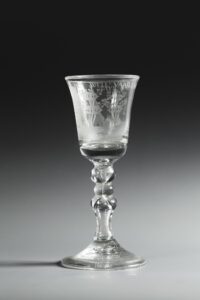

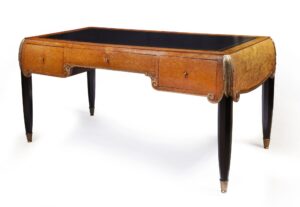
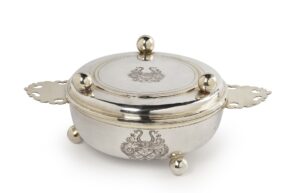
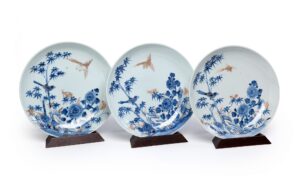
Reviews
There are no reviews yet.